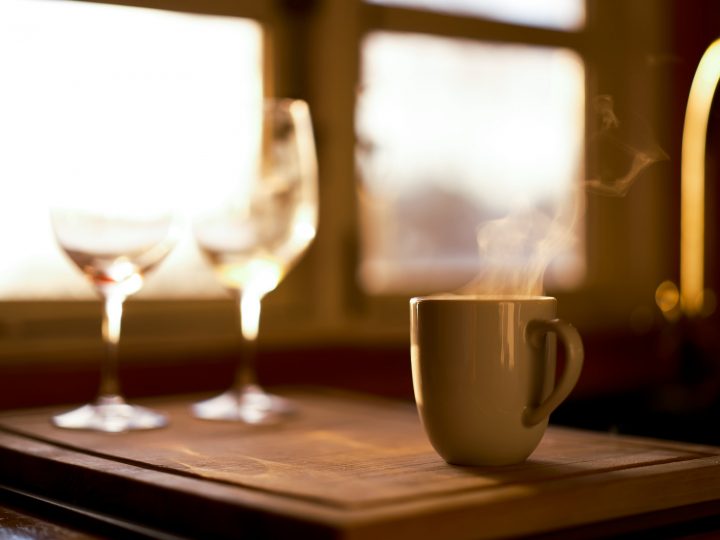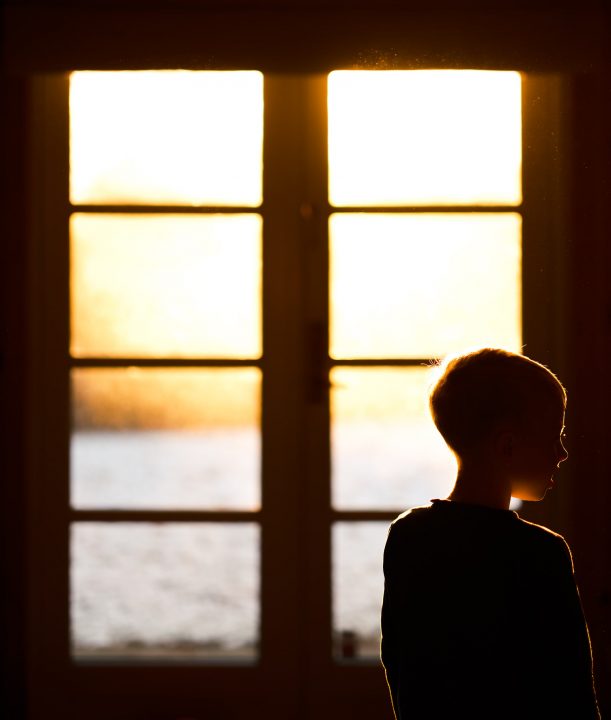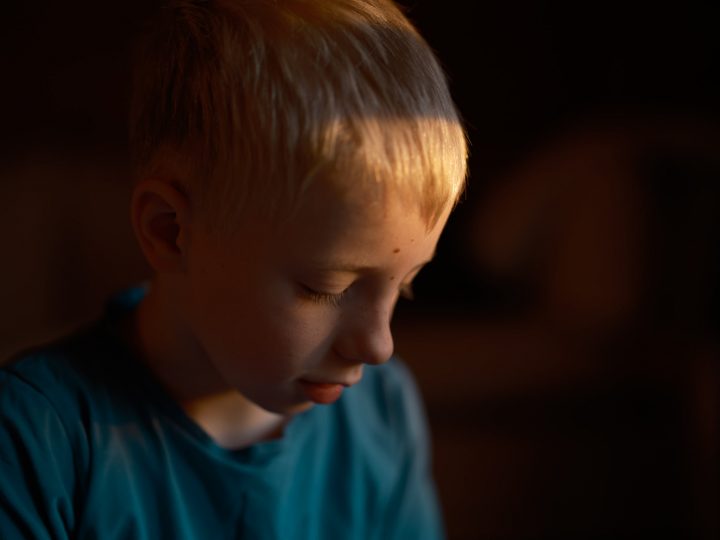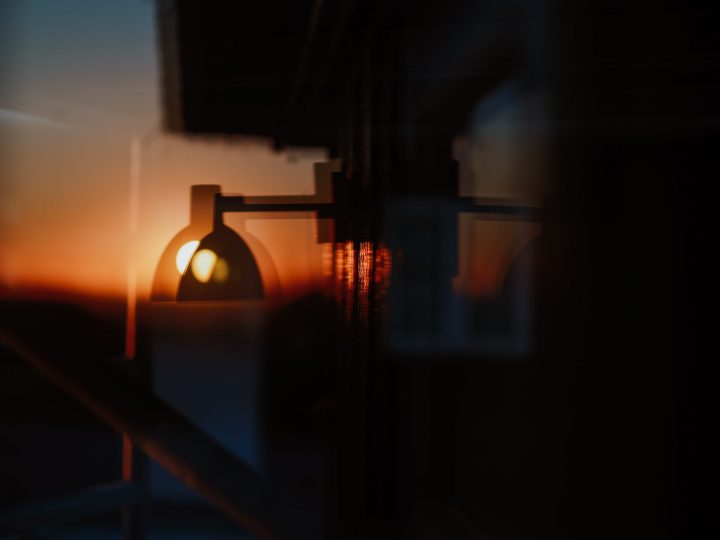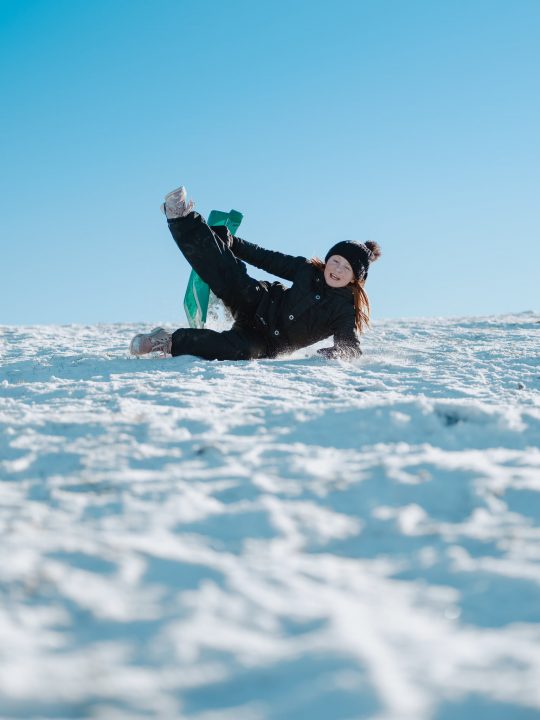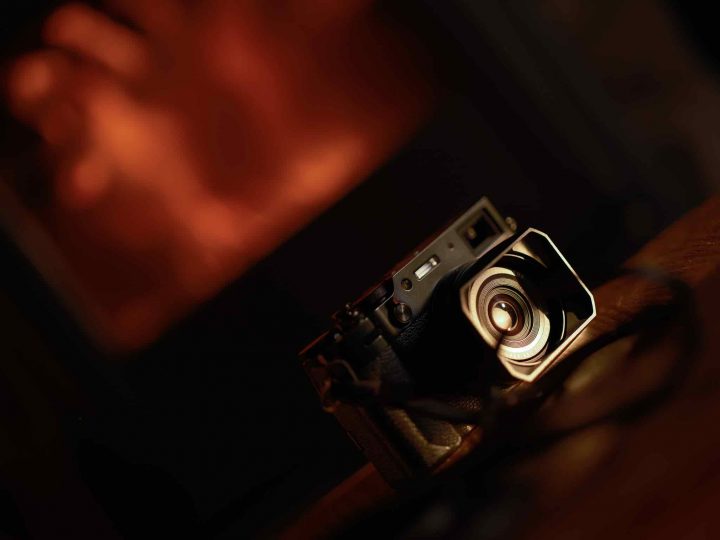Fujifilm GFX100S Nostalgic Negative Development Story, Recommended Settings, Samples, Exceeding Full Frame – Fujifilm X Lab
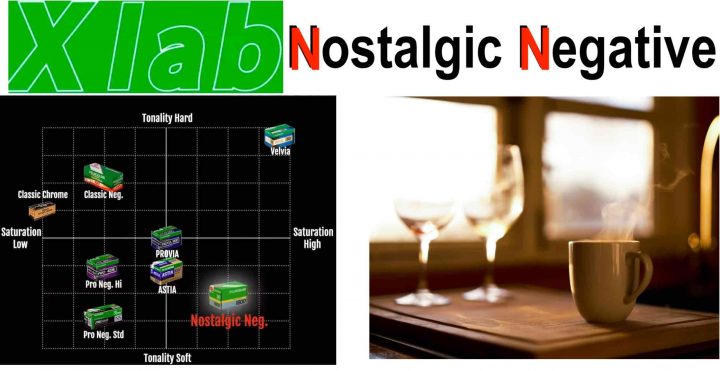
In the previous (and very interesting) Fujifilm X Lab episode here, Fujifilm engineers and managers showed us a disassembled Fujifilm GFX100S and explained us how they where able to reduce the size of the Fujifilm GFX100S by 30% compared to the original GFX100.
Now the second part related to the GFX100S went online.
It’s again in Japanese and we rely on the automatic google translation tool. But to spare you the suffering to go through it, I will sum it up for you.
It’s all nicely listed down below.
I will also share some Nostalgic Negative sample images that Jonas Rask has published on our wonderful GFX facebook group. For the full set of samples, check out Jonas’ GFX group post here.
- Fujifilm GFX100S: BHphoto / AmazonUS / Adorama / Focuscamera
- Fujinon GF80mmF1.7: BHphoto / AmazonUS / Adorama / Focuscamera
Follow FujiRumors on Patreon, Facebook, Instagram, RSS-feed, Youtube, Flipboard and Twitter
Fujifilm X Lab – The GFX100S’ Nostalgic Negative
- image quality is not just resolution, but also colors reproduction, gradation reproduction, dynamic range
- GFX100S images are in the 8×10 (large format) class in terms of film
- “I want you to experience a world that exceeds full frame“
- New Nostalgic Negative film simulation
- 3 years ago, the manager wanted a film simulation with a nostalgic sound
- they wanted to develop it for X-Pro3, but the X series does not have the same color reproduction like the GFX series
[Note: at the recent Fujifilm X Summit, a manager explained it like this: “for nostalgic negative, Fujifilm needs large sensor. It can’t be implemented simply to APS-C. Fujifilm needs more time to develop Nostalgic Negative for the APS-C system“] - The film simulation is based on the America New Color Photography of the 70′
- Fujifilm engineers collected and studied the old photobooks of artists like William Eggleston, Stephen Shore, Joel Sternfeld and Richard Misrach to work on Nostalgic Negative
- colors in these older photobooks often look completely different then what they’d look like if published today, as different ages and printing methods also plays a role into color reproduction
- they looked at different photobooks, and it was not easy to find the similarities since colors look different depending on the photobook. Also, each photographer has its style
- but why is American New Color still popular and fascinating people and what do those have different artists in common? That’s what Fujifilm investigated when developing Nostalgic Negative. This was the biggest challenge for Fujifilm when developing Nostalgic Neg.
- Fujifilm noticed a special and good color rendition in the more shadow part of the images.
- recommend white balance is AUTO
- American New Color has an “overall atmosphere based on amber” [Jonas Rask said that Nostalgic Negative has the best yellow color reproduction of any film simulation]
- the amber tone is present no matter which white balance you pick
- the manager says that film simulations are often misunderstood
- Film Simulations means to “design image quality“. Changing sensitivity or white balance should not affect the “image quality design” provided by a specific film simulation. You must recognize a certain film simulation even when white balance is changed
- the engineer recommends the following settings for Nostalgic Negative:
White Balance: R:+2/B:-3
Tone Curve: Shadow -2
Color: -2
he also adds he did not make these settings the default settings, because they are not the best allrounder settings, but when the scene does match up, those custom settings produce the best results and recreate best the atmosphere of the 70s.
Before closing up, here just how Jonas Rask describes Nostalgic Negative in his GFX100S first look that we shared in our huge live blog here:
It features gorgeous cyan blue tones, deep reds, punchy greens and the best yellow reproduction in any of the film simulations. […] Even though it looks a bit like Classic Neg. at first sight, tonality wise and saturation wise those two film simulations are actually polar opposites. Where Classic Neg. features a harder tonality with a lowered saturation, Nostalgic Neg. features a softer tonality with added saturation. […] It’s definitely best used for sunny days.
To me, the talk about Fujifilm’s latest film simulation shows way more than just how the film simulation has been developed. It also shows the huge photographic culture of Fujifilm. These are not people who sit down and just try to figure out how to put more mind blowing specs like 8K etc in a camera, but they curate aspects of photography in their cameras, that other brands often don’t. From the vast offering of cameras with vintage controls, to the deep look into the art of colors.
For example, the same guy at Fujifilm, who crafted the original films like Velvia, is still in charge of developing new film simulations. Yep, he is responsible for Fujifilm’s color science since 50 years now! We reported about Minami-San here. A life devoted to colors.
Join: Fujifilm Film Simulation Facebook Group
- Fujifilm GFX100S: BHphoto / AmazonUS / Adorama / Focuscamera
- Fujinon GF80mmF1.7: BHphoto / AmazonUS / Adorama / Focuscamera
Follow FujiRumors on Patreon, Facebook, Instagram, RSS-feed, Youtube, Flipboard and Twitter
